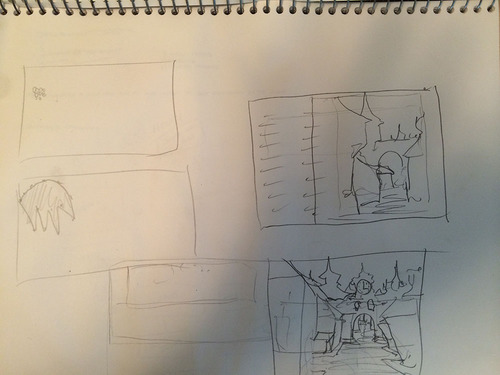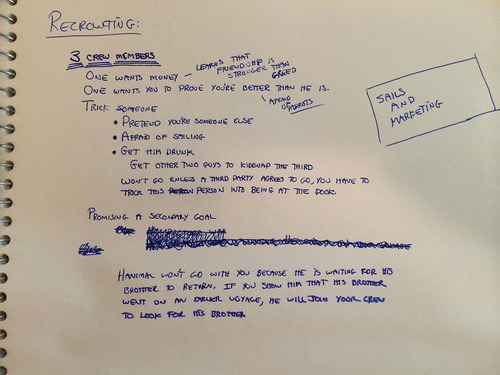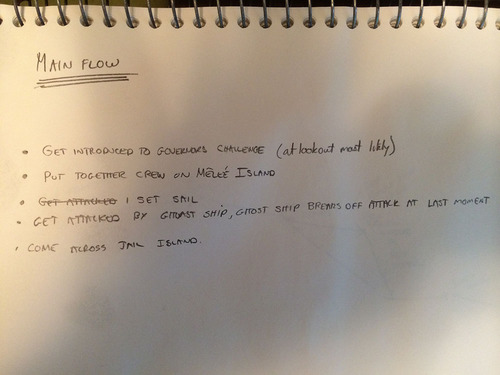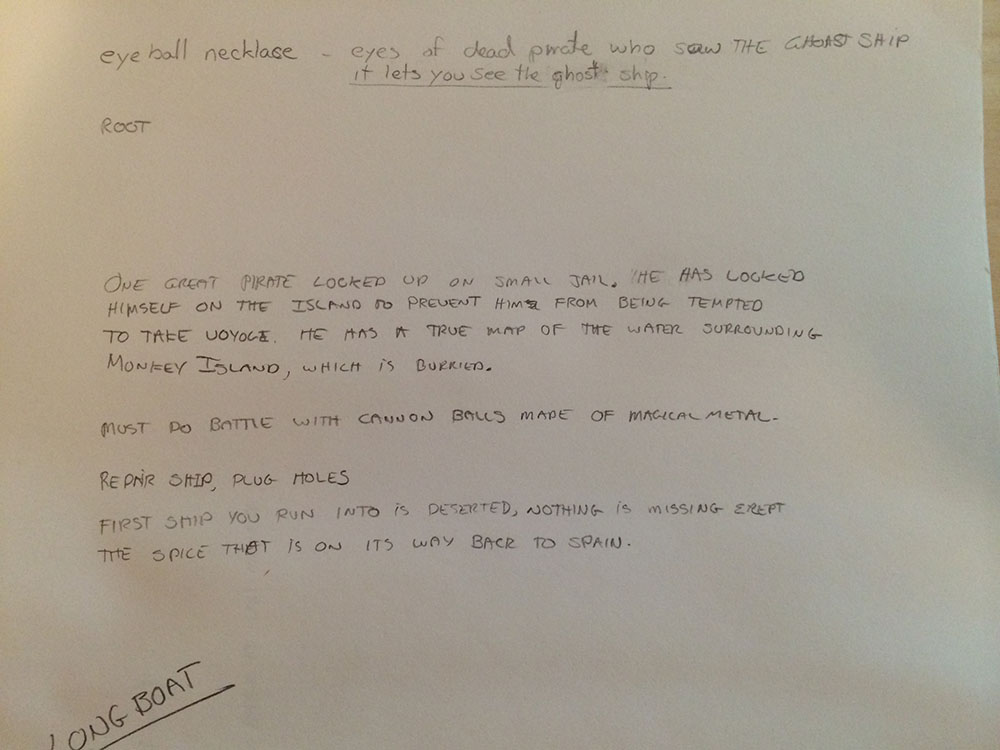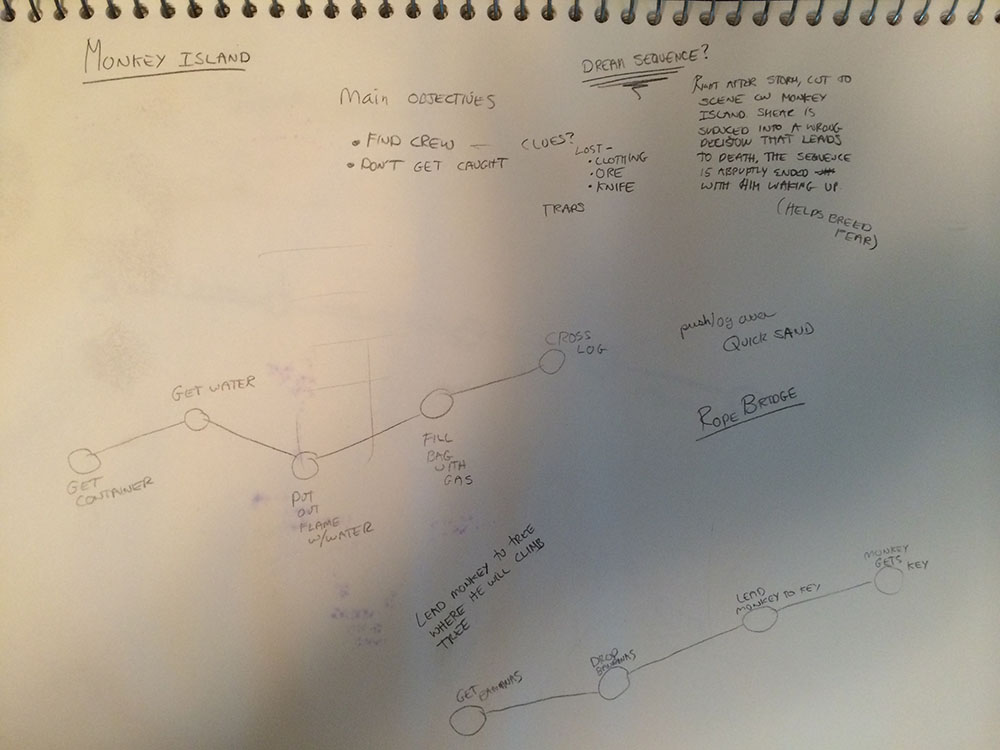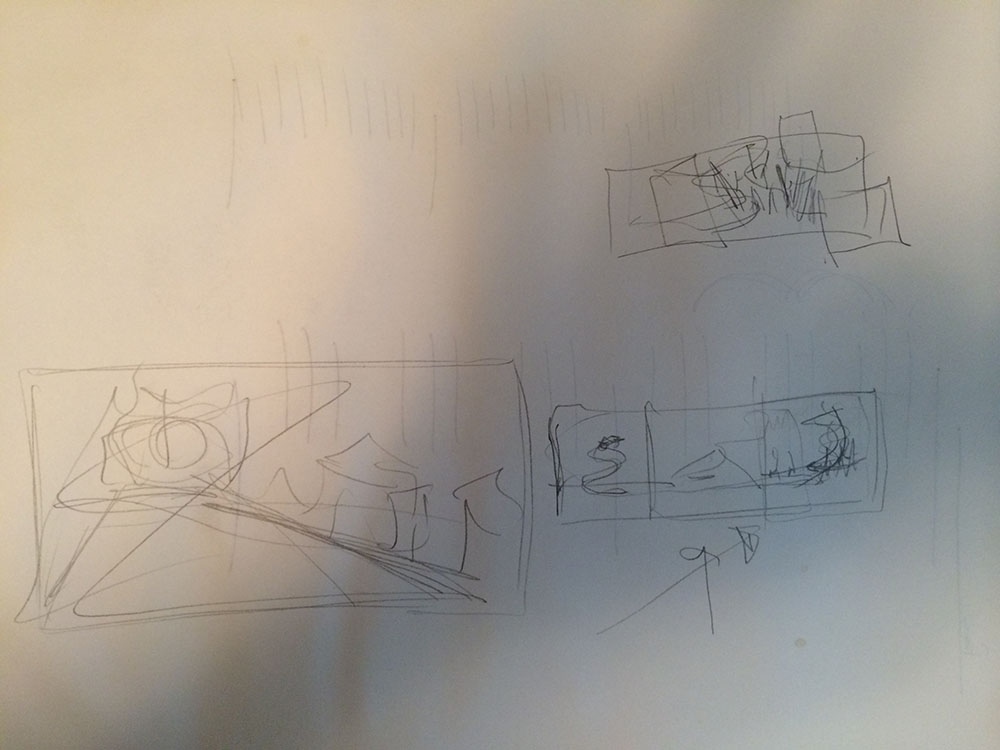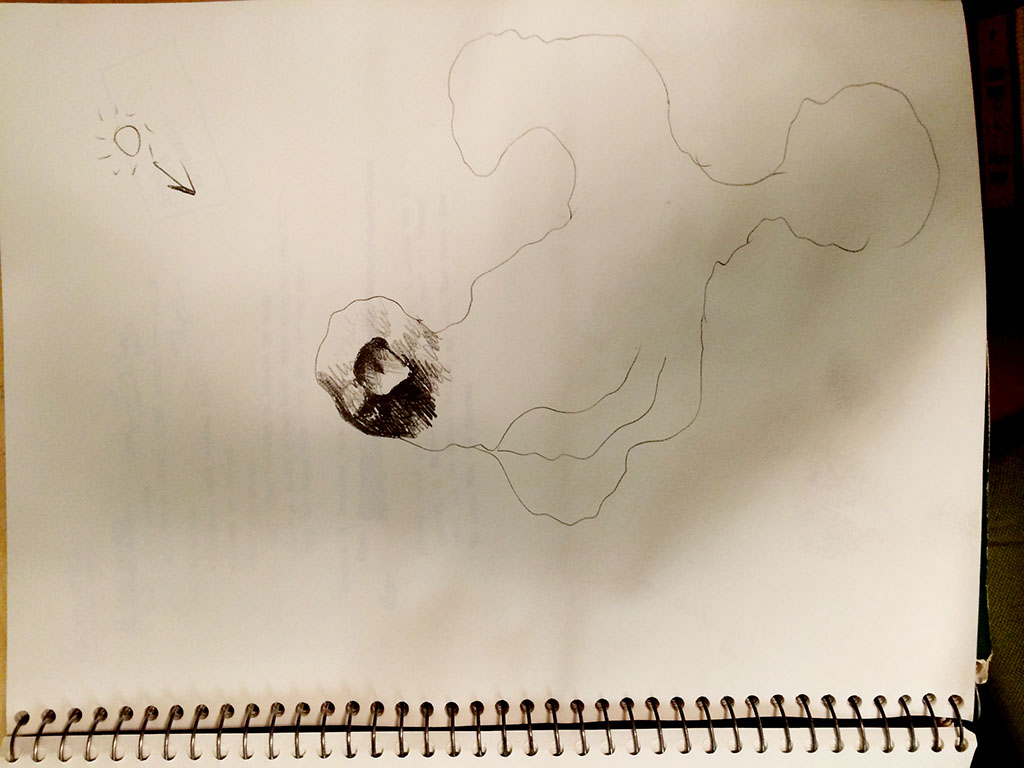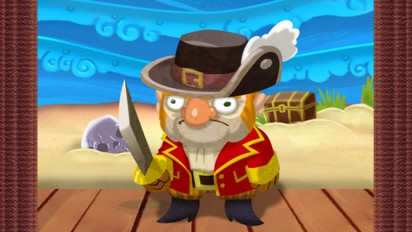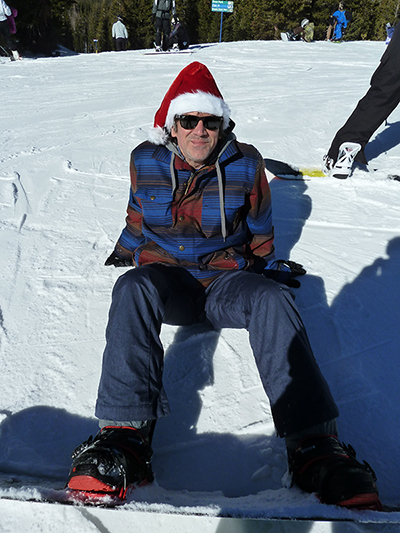
Time flies. The gaming and internet institution known as the Grumpy Gamer Blog has been around for just over ten years.
My first story was posted in May of 2004. Two thousand and four. I’ll let that date sink in. Ten years.
The old Grumpy Gamer website was feeling “long in the tooth” and it was starting to bug me that Grumpy Gamer was still using a CRT monitor. He should have been using a flat screen, or more likely, just a mobile phone, or maybe those Google smart contact lens. He would not have been using an Oculus Rift. Don’t get me started.
I coded the original Grumpy Gamer from scratch and it was old and fragile and I dreaded every time I had to make a small change or wanted to add a feature.
A week ago I had an the odd idea of doing a Commodore 64 theme for the entire site, so I began anew. I could have used some off-the-shelf blogging tool or code base, but where’s the fun in that. Born to program.
I’m slowly moving all the old articles over. I started with the ones with the most traffic and am working my way down. I fundamentally changed the markup format, so I can’t just import everything. Plus, there is a lot of crap that doesn’t want to be imported. I still need to decide if I’m going to import all the comments. There are a crap-ton of them.
I’d also like to find a different C64 font. This one has kerning, but it lacks unicode characters, neither of which are truly “authentic”, but, yeah, who cares.
But the honest truth is…
I’ve been in this creative funk since Scurvy Scallywags Android shipped and I find myself meandering from quick prototype to quick prototype. I’ll work on something for a few days and then abandon it because it’s pointless crap. I think I’m up to eight so far.
The most interesting prototype is about being lost in a cavern/cave/dungeon. The environment programmatically builds itself as you explore. There is no entrance and no exit. It is an exercise in the frustration of being lost. You can never find your way out. You just wander and the swearing gets worse and worse as you slowly give up all hope.
I have no sense of direction, so in some ways, maybe it was a little personal in the way I suppose art should be.
I worked on the game for about a week then gave up. Maybe the game was more about being lost than I thought.
Rebuilding Grumpy Gamer was a way to get my brain going again. It was a project with focus and an end. As the saying goes: Just ship something. So I did.
The other saying is: “The Muse visits during the act of creation, not before.”
Create and all will follow. Something to always keep in mind.




